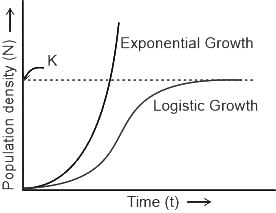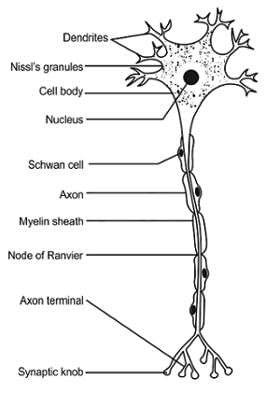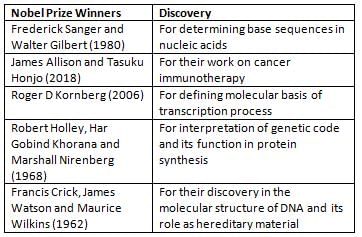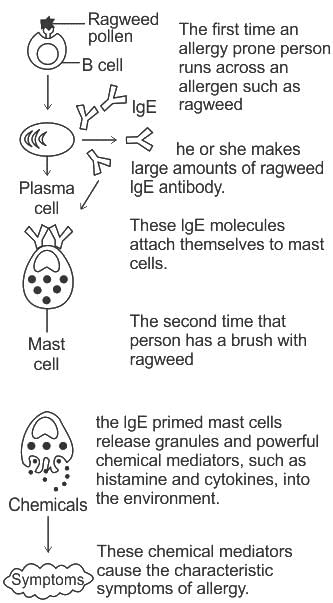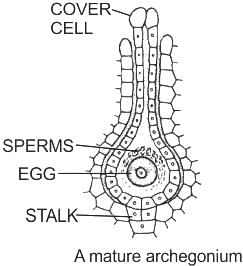KVS PGT Biology Mock Test - 4 - KVS PGT/TGT/PRT MCQ
30 Questions MCQ Test - KVS PGT Biology Mock Test - 4
In the sentence, identify the segment which contains error. If the sentence has no error, then select option 'no error'.
The famous actor, Kriti Sanon (A)/ was seen taking her dog(B) /for walk at CP in Delhi(C)/ no error (D)
The famous actor, Kriti Sanon (A)/ was seen taking her dog(B) /for walk at CP in Delhi(C)/ no error (D)
राजा राममोहन राय ने निम्न में से किस सामाजिक बुराई का विरोध किया था?
Select the option that can be used as a one-word substitute for the given group of words.
Declare someone not guilty
Declare someone not guilty
Directions: Select the correct answer from the options given below.
You are back home from duty when you hear a kid screaming and calling for help next door. As a vigilant and responsible police officer and neighbour, what will you do?
Five friends Raj, Amit, Varun, Kanchan and Tiya are sitting in a row facing towards the North. Three friends are sitting between Tiya and Raj. Varun is sitting to the immediate left of Raj and second to the right of Amit. Who is sitting at the middle position?
Which of the following statements are correct regarding community participation?
I. Parent-teacher association is a formal community partnership.
II. Self-help groups are informal community partnerships.
Important socialization factor where the child learns how to behave with peers.
Which of the following statements are correct regarding cognitive and intellectual development in adolescents?
I. The gains in cognitive abilities are tremendous between the ages of 8 and 12.
II. The information processing approach attempts to explain the cognitive strategy by which the human brain processes information.
Who performed the transformation experiment with Streptococcus pneumoniae?
Consider the following statements :
- Hepatitis B is several times more infectious than HIV/AIDS
- Hepatitis B can cause liver cancer
Which of the statements given above is/are correct?
Which of the following can be diagnosed with the Widal test?
Asymptote in a logistic growth curve is obtained when
In which of the following parts of neuron are Nissl’s granules found?
The number of nucleotide pairs found in the complete pitch of Z-DNA are
H. J. Muller was awarded Nobel Prize in 1946 for his work on:
Name the immunoglobulin that mediates allergic reactions like dust allergy.
Read the assertion and reason carefully to mark the correct option out of the options given below:
Assertion: The transgenic food may cause toxicity and product allergy in human beings.
Reason: The bacteria present in alimentary canal of human beings may become resistant to the antibiotics by taking up the antibiotic resistant gene that is present in the GM food.
Which of the following plant hormones controls fruit ripening?
A. Zeatin
B. Auxins
C. Gibberellic acid
D. Ethylene
Female reproductive organs in Funaria and Riccia are
Which one of the following pairs is not correctly matched?
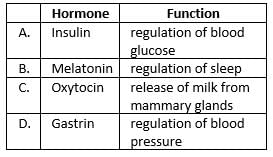







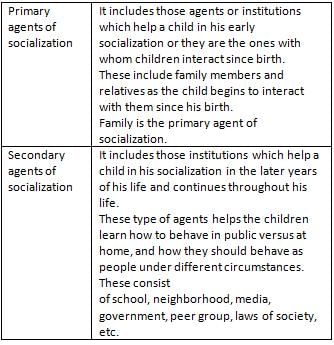
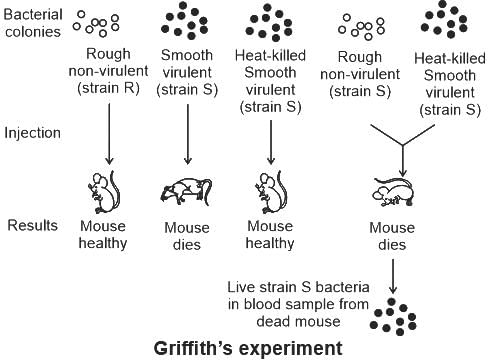
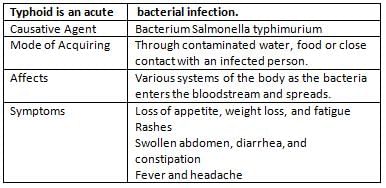
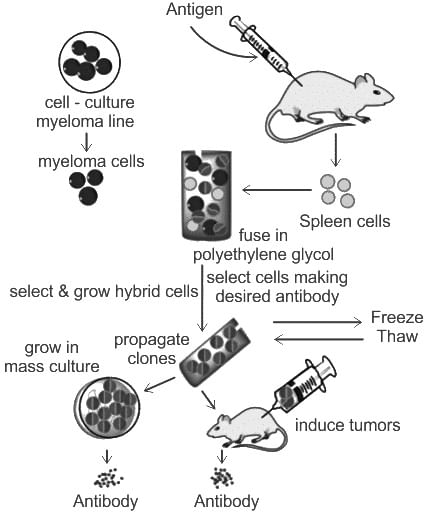

 .
.